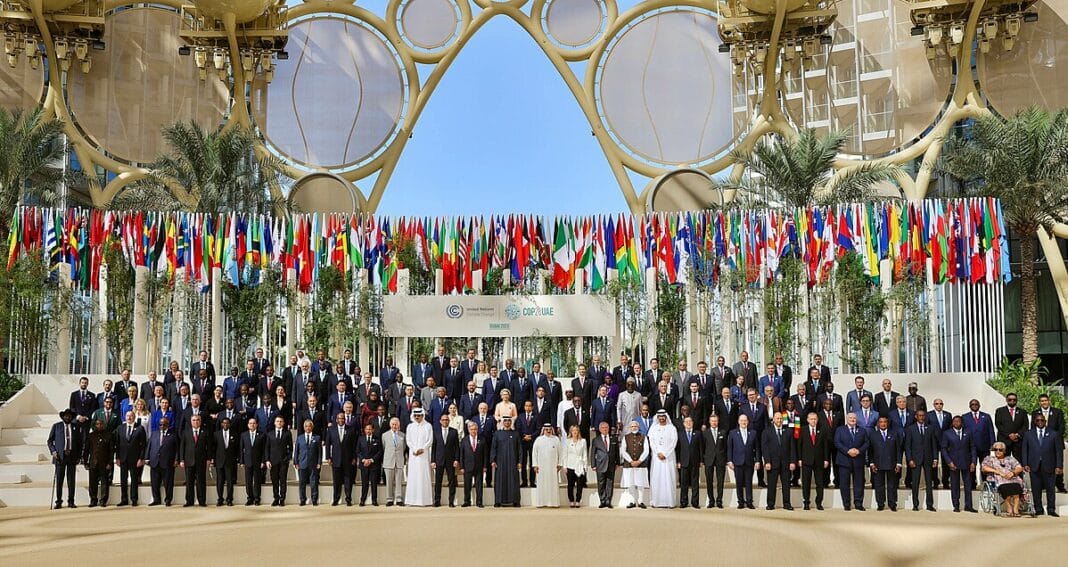World leaders are pushing to set up a UN-operated international carbon credits market, which, if established, will provide standardised methodologies for credits between countries and across trading zones.
To achieve this, negotiators must determine if credits should be issued only for demonstrated emissions reductions or if projects that aim to avoid releasing emissions can also qualify in the global market.
Known as emission avoidance, the decision will decide if countries that choose not to drill for oil reserves or protect forests from harvesting or logging should be eligible for credits in international markets.
Allowing emission avoidance into the UN-operated carbon credit market would make decisions by governments to close forests from logging highly lucrative and could drive investment into the carbon market.
Protocols must also be agreed upon before countries can authorise private offset sales abroad and when a country can revoke or revise that authorisation – for example, if a project violates human rights, according to Reuters.
Wood Central understands that the new market is a crucial focus of the COP28 summit in Dubai and follows COP26, where negotiators in Glasgow reached an agreement to regulate the trading of carbon credits in schemes first envisioned in Article 6 of the 2015 Paris Agreement.
Under Article 6, there are two types of trading open – one is a bilateral deal in which countries have the freedom to set their terms, and the other is within a centralised body overseen by the UN.
The Glasgow agreement set up the rules for bilateral swaps of offsets called “internationally transferable mitigation outcomes,” or ITMOs.
While negotiators successfully set up ITMOs, the UN-supervised multilateral trading scheme has been complex, as negotiators and a recently formed supervisory body debate rules for issuing credits and how to account for them in trading.
Negotiators will also look at whether reforestation efforts should be allowed within the multilateral scheme, and how to handle issues such as forests burning down after credits are sold.
“Article 6 probably won’t be at the top of the political agenda this year, even if carbon markets will still be a big topic for the private sector,” said Gilles Dufrasne of Carbon Market Watch.
But that may help the Article 6 negotiations to “avoid extreme politicisation” and allow the technical delegates to get critical work done, the Carbon Trading Association IETA said in a Nov. 16 written analysis.
How do Carbon Markets Work?
Separate from the offsets trading envisioned under the Paris Agreement, there are two existing types of carbon markets – compliance and voluntary.
Compliance markets apply to companies and sectors where emissions cuts are mandatory by law. They operate in the European Union, California and other countries, including New Zealand.
Rules vary, but they typically require companies to buy a permit for every tonne of carbon they emit – effectively forcing firms to pay when they pollute.
The market for compliance emissions was worth more than US $865 billion last year, with the EU making up the vast majority of that sum – but it does not allow any international offset credits, as identified under Article 6.
Some companies under no legal obligation to cut their emissions have set voluntary targets, which they can meet partially through buying credits on a voluntary carbon market. In 2021, the voluntary market was valued at about $2 billion.
It is unclear how various existing carbon markets might play into the U.N.-run trading scheme, which also would depend on national laws.
Some experts fear that voluntary credits sold internationally outside the Paris Agreement could result in two countries counting the same emission cuts toward their targets.







